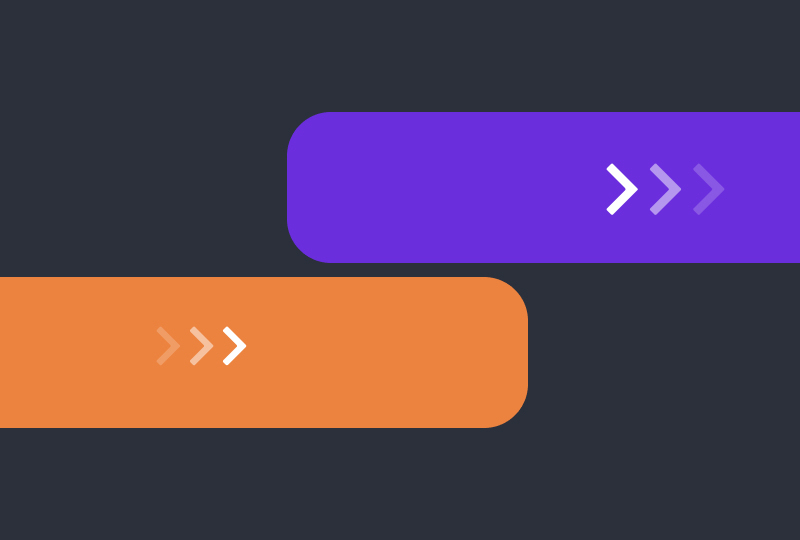2019-06-11

The Inbox for Customer Success teams

6 min read
Last week we took our new Conversations module out of beta and started rolling it out to all existing customers.
In modern customer success your typical CSM is managing a whole world of complexity. Customer interactions through meetings, phone calls, tickets, live chat, emails, pigeons and occasional smoke signals. There is movement everywhere and one of the biggest challenges is simply staying on top of all these ‘conversations’.

Of course, for a long time they have all been available in Planhat both on each customer profile, and the shortly retiring Activities tab. However, as we ourselves have grown we have recognised that you need more than just awareness of customer interactions, you need to be able to manage and drive process around them in a far more flexible way.
The average office worker in North America receives 121 emails per day. It’s fair to say that the average CSM will receive far more if you include chat interactions and tickets. Now zoom out and to a fast growing company the volume of communication is crazy, and much of it is between CSM and Customer. So as a team leader or CS executive, it quickly becomes impossible to stay on top of the communication that matters. Inevitably you rely on things being escalated and often, things are only escalated when there is a disease, not when there is a curable symptom.
One of the ideas behind Conversations was to try and solve this. Using Filters you can identify important communication either by the medium through which it is delivered, the cohort of customer it belongs to, the content of the communication or a range of other criteria. So if you take the use case of a CS VP overseeing a portfolio of 1000 clients, they can now quickly identify any communication from their Enterprise accounts containing words that may indicate churn risk or upsale potential, and even be alerted to it as soon as it is received.
Close your eyes and imagine for a second the wistful murmurings of said CS VP upon discovering this treasure trove of net churn potential: “Oh wow, is that an email implying a potential upsale from an Enterprise client? Glad I saw it, rather than it being buried amidst the hundreds of other interactions my CSM had today. I’m so happy I use Planhat’s conversations module… now pass me my Latte”
From another angle, “what do our clients do in our product” is a common question posed by CS reps. Equally, CS leaders and Executives often ask “What do my CSMs do all day?!” In any strong CS strategy there are clearly defined engagements that need to occur with customers. Common ones are QBRs, EBRS, OBRs etc, but many companies create their own specific activity(ies) that needs to occur at a certain moment with a customer. They might be key milestones, or important stage of Onboarding, for example.
Using conversations, CS leaders can filter on any activity type and again be alerted when they happen. So if you want to know each time one of your CSMs has had an EBR, now you can, or if you want to know how that specific activity went with one of your key accounts you can be alerted as soon as it is logged.
For CSMs, conversations offers a huge range of functionality. It’s simple, but being able to email clients from a system you are already working in, rather than jumping back and forth all the time is a time saver and if you are a CSM with a separate Support team, being notified every time one of your clients submits a ticket is valuable information.
As with all notifications in Planhat, alerts from conversations can generate an in-app alert, an email or a Slack message. One concept we have been playing around with internally is pushing all saved activities with clients into Slack channels based on client tier. This creates instant transparency, provides simple context around the impact of the interaction and has proven popular with the team both in and out of CS.
As you’ll discover, we have built a bunch of other helpful features into Conversations (let alone the new Task tab with filters and a super simple layout), but a final thing to mention is the flexibility with emailing. Now I’m generally something of a philistine when it comes to tech (don’t tell anyone as I work at a hyper-growth tech start-up), but I love Gmail. It’s simple, does what it does and not much more (at least how I use it) and did I mention, it’s simple. However, I am becoming a genuine convert to emailing from Planhat’s Conversations module and using it as my main inbox. Here are a few reasons why.
-
I know when someone has seen my email. I know there are other services that offer this but often they come with an alert cap, or have an annoying UI.
-
I can schedule emails to go out at any time. We are growing quickly in APAC and sending emails at 3am never looks so cool, so I like writing emails and scheduling them to be sent at times they are more likely to be read.
-
Shared Inboxes. Again, not unique by any means, but so helpful when lined up with everything else. We have mail boxes like Hello@planhat or Finance@planhat that have distinct owners, but we enable shared access and visibility. Super convenient.
-
Templates. Ok, personally I’m not a massive user of templates, but I love the concept to save time especially in lower touch models using merge tags.
-
Distractions. Internally we try to minimise email, relying heavily on Slack instead. What I love about Conversations is it only shows emails with Customers, stopping all the other noise and spam getting in the way.
-
Finally Labels. For me, I’ve saved the best till last. Labels are immense - a meta layer to categorise any form of customer interaction and make them searchable in clearly defined value creating groups. If you’ve not used labels yet, stop everything (there’s not much good stuff left in this post anyway) and go play with them!
We have some other major releases coming your way in the next few weeks so likely a few more blog posts to welcome them. Please let us know what you think in the comments below, or give feedback via Intercom, email, call, pigeon or smoke signal - we’ll find it in Conversations no matter what!
Join our newsletter!
Receive the latest news, updates, and invitations to our events.
Being data-driven, are we there yet?
Being data-driven should be standard nowadays, but many organizations still struggle with it. Every company wants to be data-driven, but putting it into practice is the tough part.
How to transition from a cost center to a profit center in CS
Many in CS shy away from the commercial aspects of the business, but it's a missed opportunity to keep the conversation moving around maximizing and driving value for customers.
It's worth the risk: Identifying and managing risk in CS
When faced with risk in CS, it’s hard to know what the first step should be. We've developed an actionable plan based on experience from three CS experts.
Learn more about
Planhat
Drop your email and let us show you our platform!











